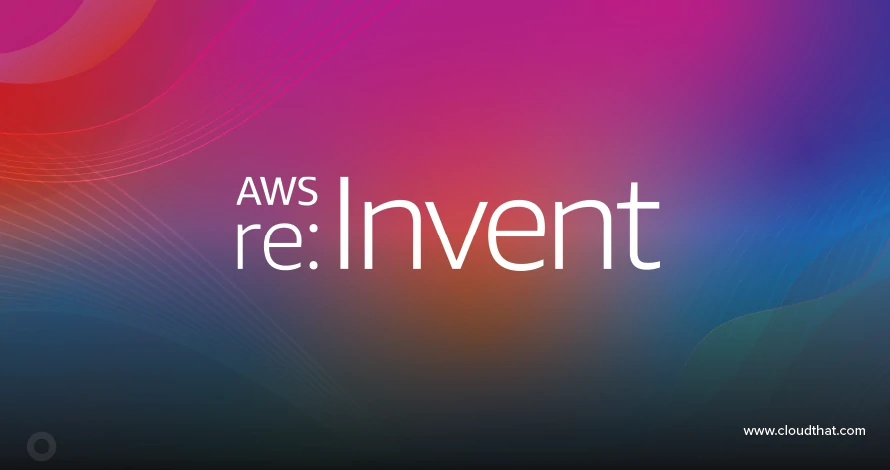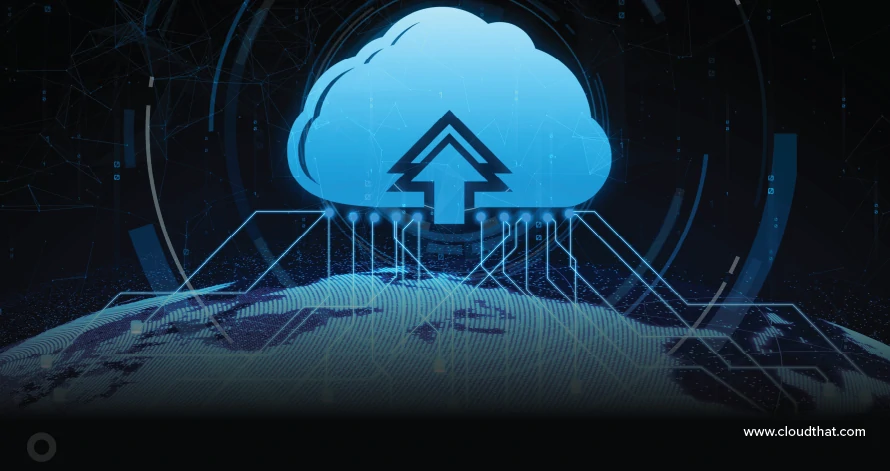|
Voiced by Amazon Polly |
Overview
In today’s digitally connected world, Distributed Denial of Service (DDoS) attacks remain a persistent threat. From startups to large enterprises, every online service is a potential target. That’s where AWS Shield steps in, offering managed DDoS protection designed to safeguard applications running on AWS.
Pioneers in Cloud Consulting & Migration Services
- Reduced infrastructural costs
- Accelerated application deployment
AWS Shield
AWS Shield is a security service from Amazon Web Services that offers managed protection against Distributed Denial of Service (DDoS) attacks, and it safeguards applications hosted on AWS from volumetric, state-exhaustion, and application layer DDoS attacks.
There are two tiers of AWS Shield:
- AWS Shield Standard – Automatically included with AWS at no extra cost.
- AWS Shield Advanced – A paid service that offers enhanced protection, monitoring, and response capabilities.
AWS Shield Standard
AWS Shield Standard is automatically available for all AWS customers, offering basic DDoS protection for:
- Amazon CloudFront
- Elastic Load Balancing (ELB)
- Amazon Route 53
- AWS Global Accelerator
Key Features:
- Always-On Detection: Real-time traffic analysis.
- Automatic Inline Mitigation: Blocks common infrastructure-level attacks.
- No Additional Configuration Needed: Works out-of-the-box for supported services.
AWS Shield Advanced
For mission-critical apps, AWS Shield Advanced provides comprehensive and customizable DDoS protection.
Key Features:
- Real-Time Attack Visibility via AWS Console and Amazon CloudWatch.
- The AWS DDoS Response Team (DRT) is available around the clock for assistance and support.
- Advanced Mitigation Techniques: Custom rules with AWS WAF integration.
- Cost Protection: Financial safeguards against scaling charges during attacks.
- Integration with AWS Firewall Manager for centralized security management.
Use Case Scenarios:
- eCommerce sites during peak sales (e.g., Black Friday).
- Gaming platforms are susceptible to volumetric attacks.
- SaaS applications with global user bases.
How It Works?
- Traffic Monitoring: Shield monitors all incoming traffic to your AWS resources.
- Anomaly Detection: It uses ML-based models and signatures to detect abnormal behavior.
- Mitigation: AWS Shield automatically applies mitigation techniques inline without latency when a threat is detected.
- Response & Recovery: With AWS Shield Advanced, the AWS DRT supports mitigation tuning and post-event analysis.
AWS Shield + AWS WAF = A Stronger Defense
While AWS Shield protects against network and transport layer attacks (Layer 3 and 4), combining it with AWS WAF (Web Application Firewall) enables protection at Layer 7 (application layer).
This duo allows you to:
- Block malicious HTTP requests
- Implement custom security rules
- Throttle suspicious IPs
Real-World Example
Let’s say you’re hosting a global eCommerce app on AWS. During a flash sale, a sudden traffic spike could be genuine users or a DDoS attack. AWS Shield Standard would automatically mitigate common patterns, while AWS Shield Advanced would:
- Notify you in real-time
- Provide detailed metrics
- Allow coordination with the DRT to protect revenue
Step-by-Step Guide to Enable AWS Shield Advanced
Step 1: Sign in to the AWS Management Console
- Go to the AWS Console: https://console.aws.amazon.com
- Use an account with the necessary AWS IAM permissions (like shield:*, waf:*, etc.)
Step 2: Navigate to AWS Shield
- Search for “AWS Shield” in the AWS Console search bar.
- Click “Shield” under the Security, Identity, & Compliance section.

Step 3: Activate Shield Advanced
- Click on “Subscribe to Shield Advanced”.
- Review pricing and acknowledge the agreement.

Step 4: Choose Resources to Protect
- Select the AWS resources to be protected (e.g., Amazon CloudFront distributions, ELBs, Amazon Route53 hosted zones).
- Click “Add Resources”.
Step 5: (Optional) Configure AWS WAF
- Create or link to an AWS WAF Web ACL for application-layer rules.
- Add custom rules to handle specific threats (SQL injection, IP blocking, etc.).
Step 6: Enable Monitoring and Notifications
- Use Amazon CloudWatch to monitor metrics.
- Set up Amazon SNS for real-time alerts and notifications.
Pricing
AWS Shield Advanced is a subscription-based service offering enhanced DDoS protection for public-facing applications hosted on Amazon EC2, Elastic Load Balancing (ELB), Amazon CloudFront, AWS Global Accelerator, and Amazon Route 53. While the service is available to all AWS customers, accessing the AWS Shield Response Team requires enrollment in the Enterprise or Business tiers of AWS Premium Support.
The service involves a one-year subscription commitment and includes a fixed monthly fee and additional charges based on outbound data transfer from Amazon CloudFront, ELB, Amazon EC2, and AWS Global Accelerator. These fees are applied to the regular usage charges for the respective AWS services.

Best Practices
- Enable AWS Shield Advanced on critical endpoints.
- Use AWS WAF in conjunction with Shield for complete L3-L7 protection.
- Monitor compliance with Amazon CloudWatch and AWS Config.
- Leverage AWS Firewall Manager to manage rules across accounts and regions.
Conclusion
In a world where uptime is currency, AWS Shield helps securely keep your digital doors open.
Drop a query if you have any questions regarding AWS Shield and we will get back to you quickly.
Empowering organizations to become ‘data driven’ enterprises with our Cloud experts.
- Reduced infrastructure costs
- Timely data-driven decisions
About CloudThat
CloudThat is an award-winning company and the first in India to offer cloud training and consulting services worldwide. As a Microsoft Solutions Partner, AWS Advanced Tier Training Partner, and Google Cloud Platform Partner, CloudThat has empowered over 850,000 professionals through 600+ cloud certifications winning global recognition for its training excellence including 20 MCT Trainers in Microsoft’s Global Top 100 and an impressive 12 awards in the last 8 years. CloudThat specializes in Cloud Migration, Data Platforms, DevOps, IoT, and cutting-edge technologies like Gen AI & AI/ML. It has delivered over 500 consulting projects for 250+ organizations in 30+ countries as it continues to empower professionals and enterprises to thrive in the digital-first world.
FAQs
1. What does AWS Shield do?
ANS: – AWS Shield is a managed service that helps protect applications hosted on AWS from Distributed Denial of Service (DDoS) attacks.
2. What type of attacks does AWS Shield protect against?
ANS: – Layer 3 (Network) and Layer 4 (Transport) DDoS attacks.

WRITTEN BY Manjunath Raju S G
Manjunath Raju S G works as a Research Associate at CloudThat. He is passionate about exploring advanced technologies and emerging cloud services, with a strong focus on data analytics, machine learning, and cloud computing. In his free time, Manjunath enjoys learning new languages to expand his skill set and stays updated with the latest tech trends and innovations.


 Login
Login


 May 15, 2025
May 15, 2025 PREV
PREV










Comments